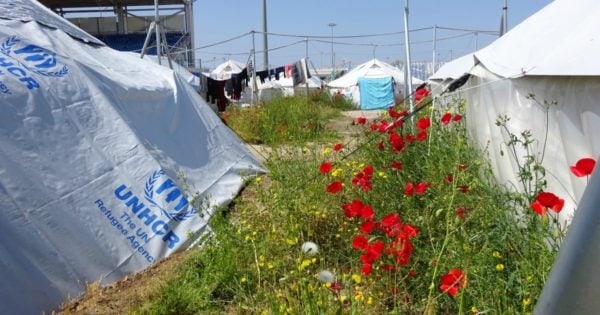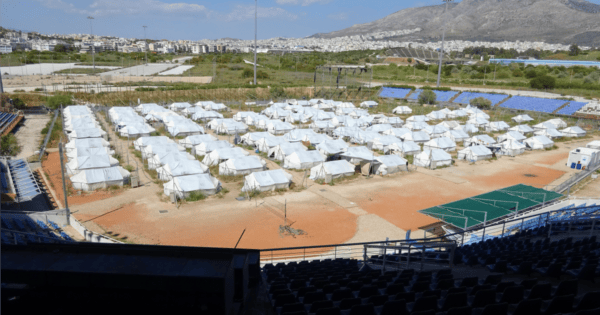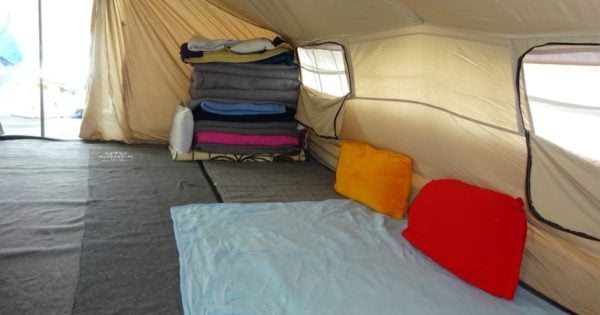“Living inside a camp is one of the hardest things I have ever experienced,” 22-year-old Amene from Afghanistan writes.
At this moment, 65 million men, women and children have been forcibly displaced from their homes. That’s the Australian population almost three times over.
Because of circumstances entirely outside their control, these people have fled the place where they grew up. The parks they played in. They’ve left pets and neighbours and the trees they climbed as kids. They’ve left their schools and their workplaces.
They’ve been torn away from the streets that laid the foundations for their lives, the smells that stored their memories, and the walls that offered their lives structure and security.
Their place in the world, the pocket just for them, has effectively disappeared.
How can we even begin to imagine?
CARE decided to embark on a photography project, in an effort to show rather than tell the refugee experience.
Two refugee women and two girls were taught how to use a camera and asked to document their daily lives inside Elliniko refugee camp for a week. What they captured is remarkable.
Here are their stories.
Amene – 22 years old from Afghanistan
“I used to work as a tailor in Iran and that’s where I met my husband. There, we faced many restrictions. As Afghan refugees, we were second class citizens and we couldn’t get married so we decided to flee to Europe for a better life…











Top Comments
The world must do better for the displaced!
We should be doing more to get people out of these camps but its a catch 22 siutation. Because our resources get tied up by those arriving by boat we don't help those in the camps. Because people get stuck in the camps refugees try to avoid them and arrive by boat.